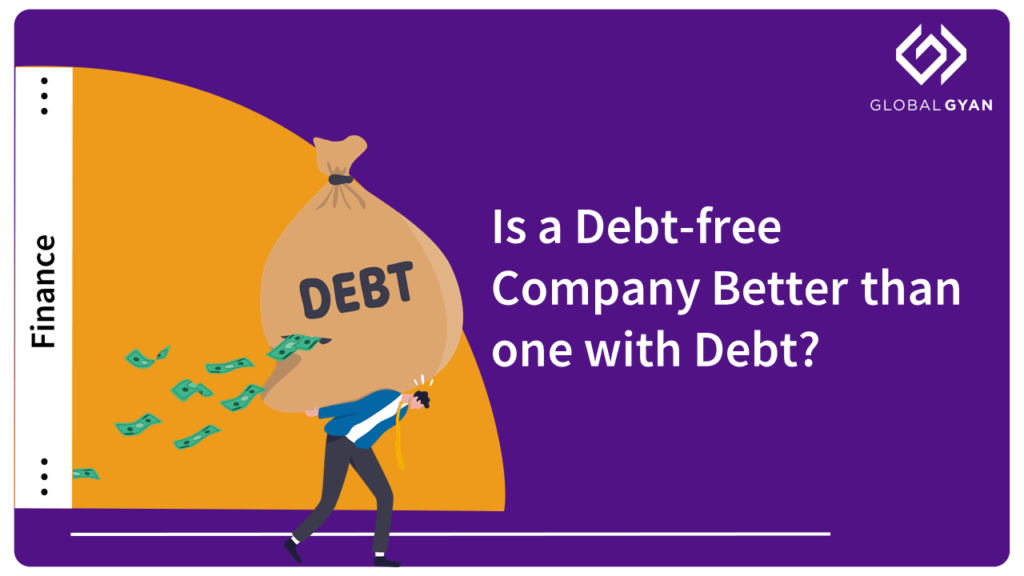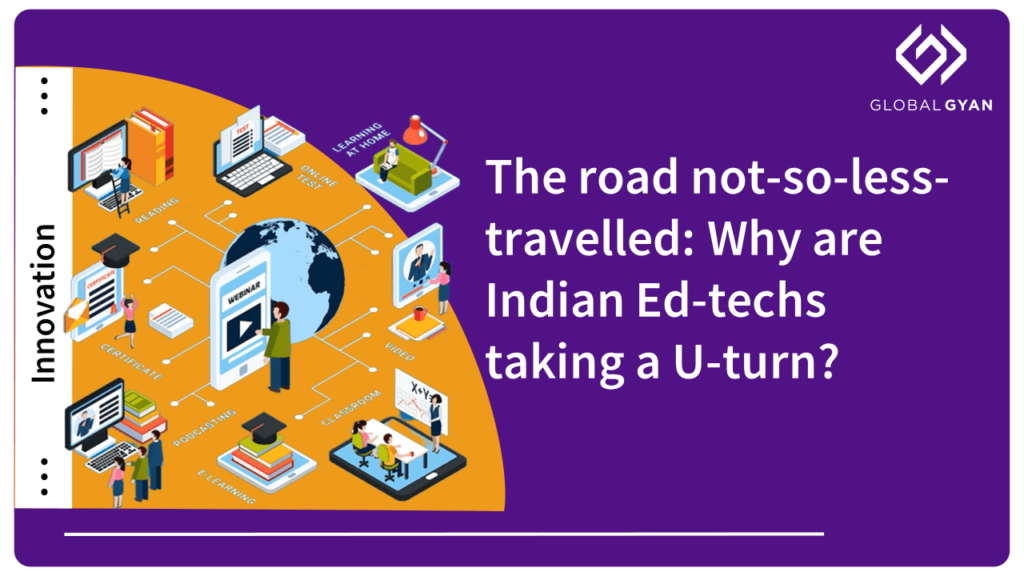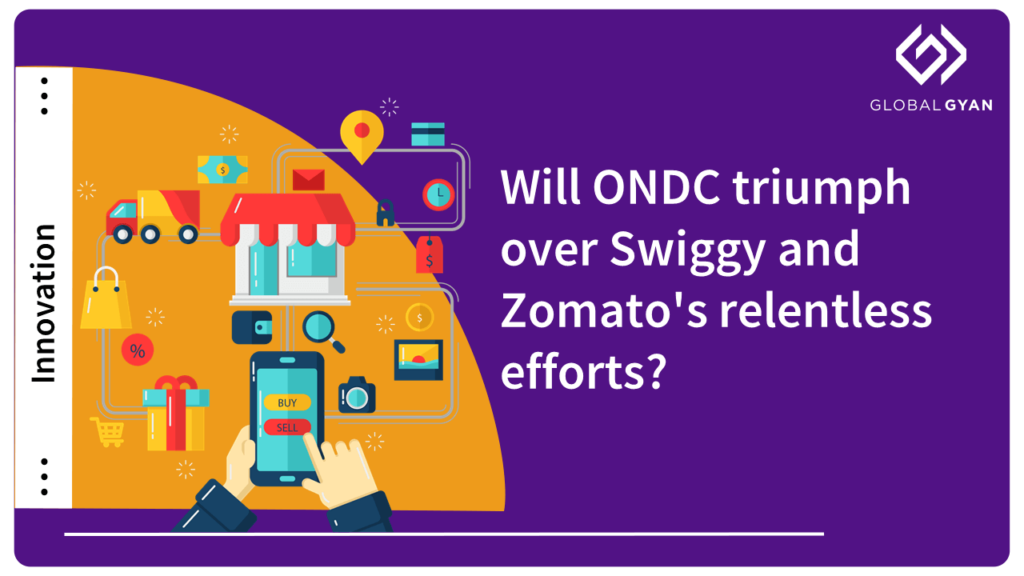“Who one goes to Starbucks for coffee?!”

This was a baffling statement my friend visiting me from Delhi made some days back. We were planning on meeting up close to office & I suggested we meet up at a Coffee day nearby.
“Umm, Isn’t there a Starbucks around?” He asked.
I laughed out & said why would he care since he is more of a tea drinker, that too the Indian variety, not the tea bag style. Thus I was confused by his statement, but what he said next throws light of the theory of Jobs to be Done.
Jobs to be Done is an innovation theory proposed by Clayton Christensen and since popularized in product management and UX communities. Its key principle proposes that customers do not want to buy products; they want to make move ahead in their lives. When people buy a product they are really “hiring” it to do a “Job” that will help them make that progress in a given circumstance. The Job has functional elements, but often has social and emotional elements, too.
Lets apply this to something simple like buying a Bike or Car. I need it to get around (functional), but I also want it to signify my social status (Social) & have features which make it easy & safe to drive (Emotional). Often discovery of a means to satisfy the Social & emotional elements of a product are key to innovation. However most companies when they think about disruption look at adding new “Functional” features to their product, in their belief that the “Feature” will enable a way of doing the Job Better.
However Social & Emotional utility of a product is often alien for many product designers. Thus if you look at any Car or Bike advert, they stress of ABS, EPS & many other Jargons of “Features”. In fact even product variants, market segmentation, workflows & Product positioning is done based on Functional Features.
The Jobs theory however focusses on Discovering the “Job to be done” as the starting point & identifying new ways to meet Functional, Social & Emotional Jobs that the product delivers. For example in India, there is higher preference for Red & white colored cars vis-à-vis a Gray or Black car as far as the small car segment goes. This is often attached to the emotional belief of Black being an inauspicious color.
This theory of Jobs brings me back to the Coffee shop & coffee.
Innovating the Coffee Shop
Traditionally a coffee shop attracts its clients based on two key elements or “Functional Jobs”
- The Taste of great Coffee
- Great Ambience to Relax
So Starbucks (or Coffee Day) before that disrupted the market by enhancing the flavor of coffee by providing fresh ground beans, better serving in attractive cups, better seating, music. What would continuously attract you to come to that Coffee shop, maybe a Loyalty card? An app to order Coffee would enhance your service experience. A Gourmet Coffee tasting session or new flavor of Cuban coffee would indulge the connoisseurs?
Starbucks is not about Coffee
All these questions might result innovations (and in fact some of them have been tried already), however none of these would matter for my friend from Delhi as neither the Coffee nor the ambience is not what really matters to him.
“Who goes to Starbucks for Coffee” he said & followed it up with “I am looking for Funding & Starbucks is the right place to be seen for Founders”.
This is what Jobs Theory is all about!
- People don’t care about Products, they only care about how those products can enable them to make progress, as perceived by them. As stated by my friend he cares for Starbucks because that’s where Investor community comes. That’s what is getting the Job of Social connect done. But beware if investors decide to fly away to a new roost or the price of coffee increases to an extent where hanging around in a Starbucks is considered splurging, then my friend will be switching soon. He doesn’t actually care for the coffee or the ambience.
- Social & Emotional Elements matter much more than Functional features in delivering a JOB need – In this example, functional role of a Coffee shop is to serve as a place to hang out & savour coffee. But the need to be “Seen” in the right place & meeting the right people is a Social need.
- Different kind of users have different needs & you learn only by listening to your customers. In the many times that I have been to a Starbucks they have often asked me to fill a feedback form which asks about the quality of service, ambience & the product (coffee). It never goes beyond to understand the kind of Customer I am, or my friend is. It never goes to understand the Emotional or Social needs of its users.
“A good place to have coffee” & “A good place to be seen by investors” are both Jobs to be done. They matter to different kind of customers to satisfy different social & emotional needs. To satisfy the customer like my friend, a better wi-fi connection & Investor night connect events would help, rather than stand-up comedy. Starbucks with its extensive outlets could morph to an official co-working space (unofficially its already so for many). I am sure the team at Starbucks will run some more experiments to reveal the needs of their users.
But we have Coffee equivalents in all our products. Are you serving the Functional Job with your product or discovering the emotional and social needs which your product could satisfy to create the next innovation?






